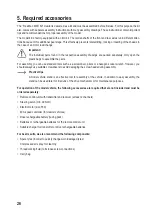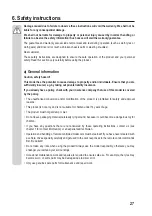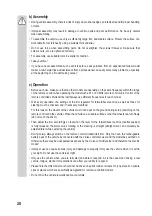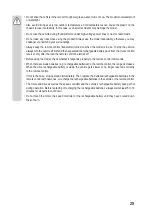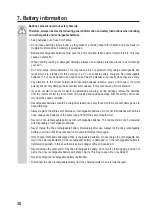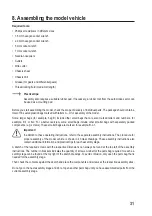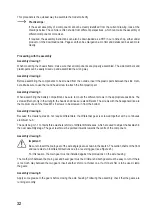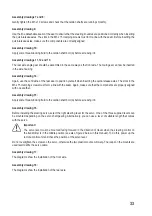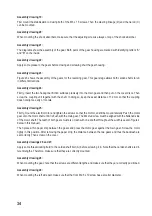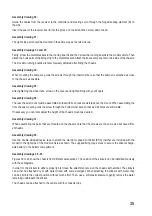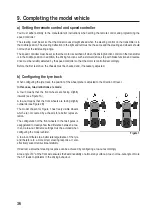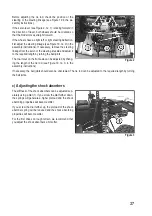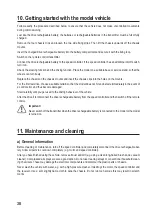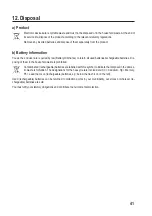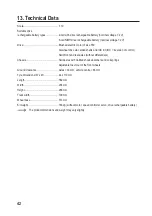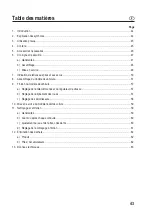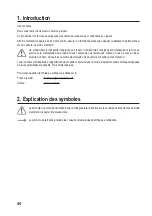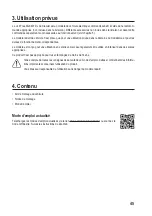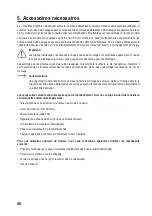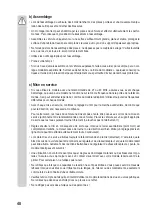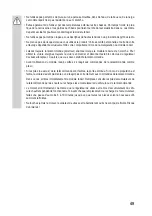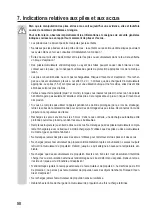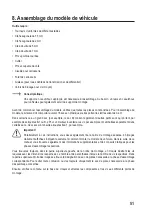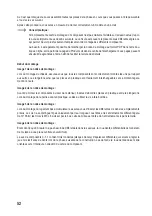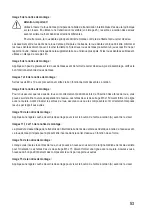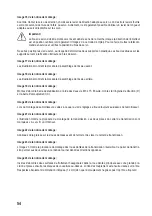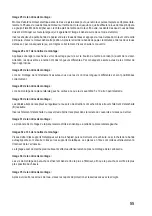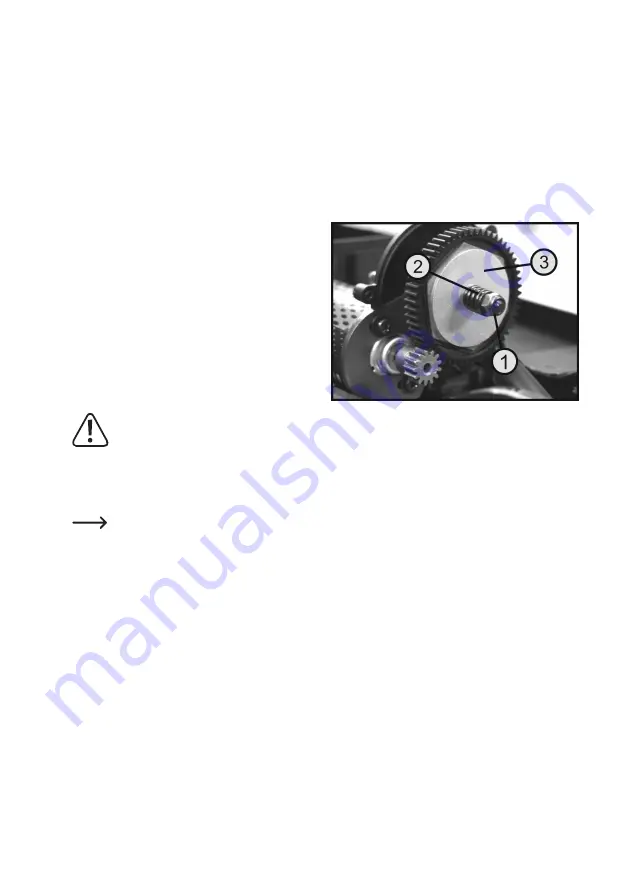
40
d) Adjusting the slip clutch
The slip clutch protects the gear and the motor from overloading during start-up, for example, on a surface with very
good grip. In addition, adjustment of the slip clutch prevents the vehicle from tipping over due to the high torque of a
hypothetical brushless drive when starting-up.
The setting shown in the assembly instructions (see Figure 24 in the assembly instructions) is already ideally suited
for the model. You do not normally need to change the setting. However, very frequent start-ups with full power on
a surface with good grip can cause the slip clutch linings to wear off, whereby a readjustment of the slip clutch may
be required.
To adjust the clutch, proceed as follows:
First, remove the plastic gear cover.
Place a 7 mm socket wrench on the locknut (1) of the slip
clutch. If you turn the nut further clockwise on the shaft,
the compression spring (2) will exert greater contact pres
-
sure on the coupling plate (3).
As a result, the slip point will move up and a higher drive
power will be conveyed to both drive axles. If you turn the
nut counter-clockwise, the compression spring will exert
less pressure and the clutch will slip earlier.
Important!
If the slip clutch is overtightened, there is a risk that the model will tip over during rapid acceleration on a
surface with good grip. In addition, the power train and motor will be overloaded. This leads to excessive
wear of the components.
If the clutch is set too loose, the motor power cannot be fully utilised for propulsion. The clutch will be
overloaded due to early slippage and can thus be destroyed.
Any adjustments that may be required in this area should only be made in small steps. A test drive can help
you check the practicality of the new adjustment.
Figure 5

